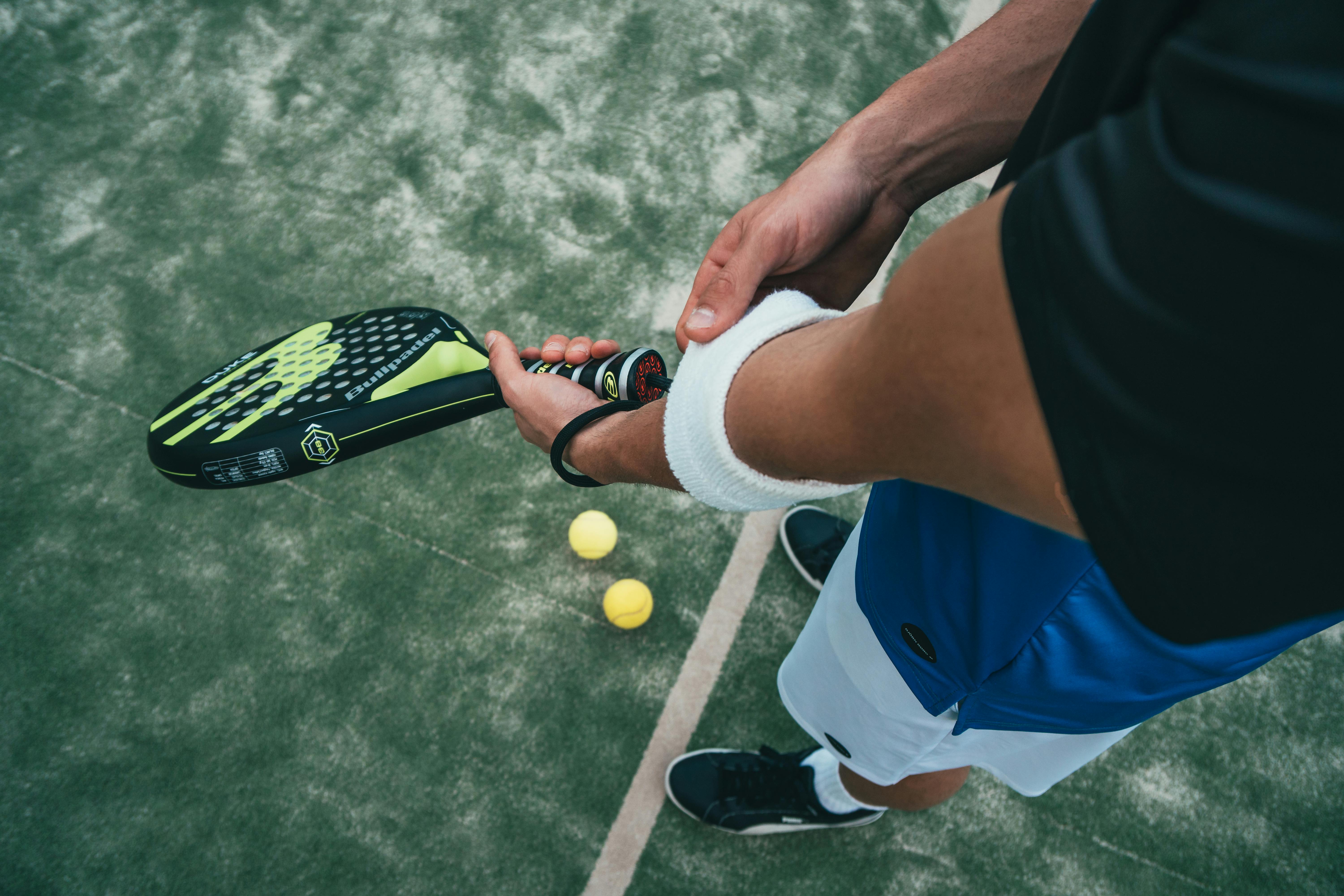In his latest novel, Island, Aldous Huxley wrote about the adventures of an English castaway on Pala, an imaginary island somewhere in the Pacific Ocean. Society on this island had evolved to the point where there was universal economic and social well-being and a high level of respect for individual rights and freedoms. Furthermore, individuals were given every opportunity to develop emotionally and spiritually.
One of the many unusual features of Pala is the specially trained birds, the mynah birds, whose sole function is to shout loudly “Here and now! Here and now!” at random intervals.
Huxley had studied many systems of personal development during his life, including the Alexander Technique. He met F. Matthias Alexander, the developer of the Technique in London in the mid-1930s. He was already an established author, best known for his 1930 novel Brave New World. But his poor physical condition threatened to end his career as a writer.
Huxley was very tall and clumsy and was subject to fatigue, insomnia, and a weak stomach. He was deathly afraid of public speaking. When he met Alexander, he was practically bedridden, reduced to writing lying down with his typewriter resting on his chest.
The lessons he received from Alexander allowed him to resume his normal activities and live in good health for another quarter of a century. He was so impressed with Alexander’s work that he referred to it several times in his later writings and even made Alexander a character in one of his novels.
After having lessons with Alexander, Huxley wrote: “The Alexander Technique gives us everything we have been looking for in a physical education system: relief from maladjustment strain and steady improvement in physical and mental health. We cannot ask more of any system; nor, if we seriously wish to alter human beings in a desirable direction, can we ask for less.”
I think the mynah birds on Island were inspired by his work with the Alexander Technique. Alexander teachers help people recognize and change harmful stress habits. This requires being present, not mentally wandering into the past or future. For an Alexander teacher, helping students become aware of themselves in the moment is a crucially important first step in their learning process.
And not always easy. We are bombarded with external tasks and distractions that divert our attention from our own mental and physical state. Most of the time, our work requires an external focus of attention on specific tasks, projects, and co-workers. Our free time is also frequently spent in activities such as driving, shopping, and watching television, all of which tend to divert our attention from ourselves.
As Nicholas Brockbank, a British Alexander Technique teacher, says: “Most people’s attention most of the time is anywhere but on what they’re doing. Or if it’s on what they’re doing, they tend to exaggerate. In an average day, full of average tasks, there is only a small part that requires the mind to be fully occupied, the rest of the time we are free to think about the past or the future, anything but the present! in an obsessive way, almost like a trance”.
In Pala, mynah birds are whimsical devices that help bring people back to the present moment, which is really the only place we can make constructive changes in our lives.
Many spiritual teachers have emphasized the importance of self-awareness: Ram Dass even titled one of his books Being Here Now! The Alexander Technique is a very powerful and practical method for learning to be present to yourself, even while you are involved in your daily activities. In fact, the main focus of the Technique is the way one carries out the ordinary activities of life.
In a sense, teaching the Alexander Technique gives you your own personal “mynah bird,” putting you back in touch with yourself.
